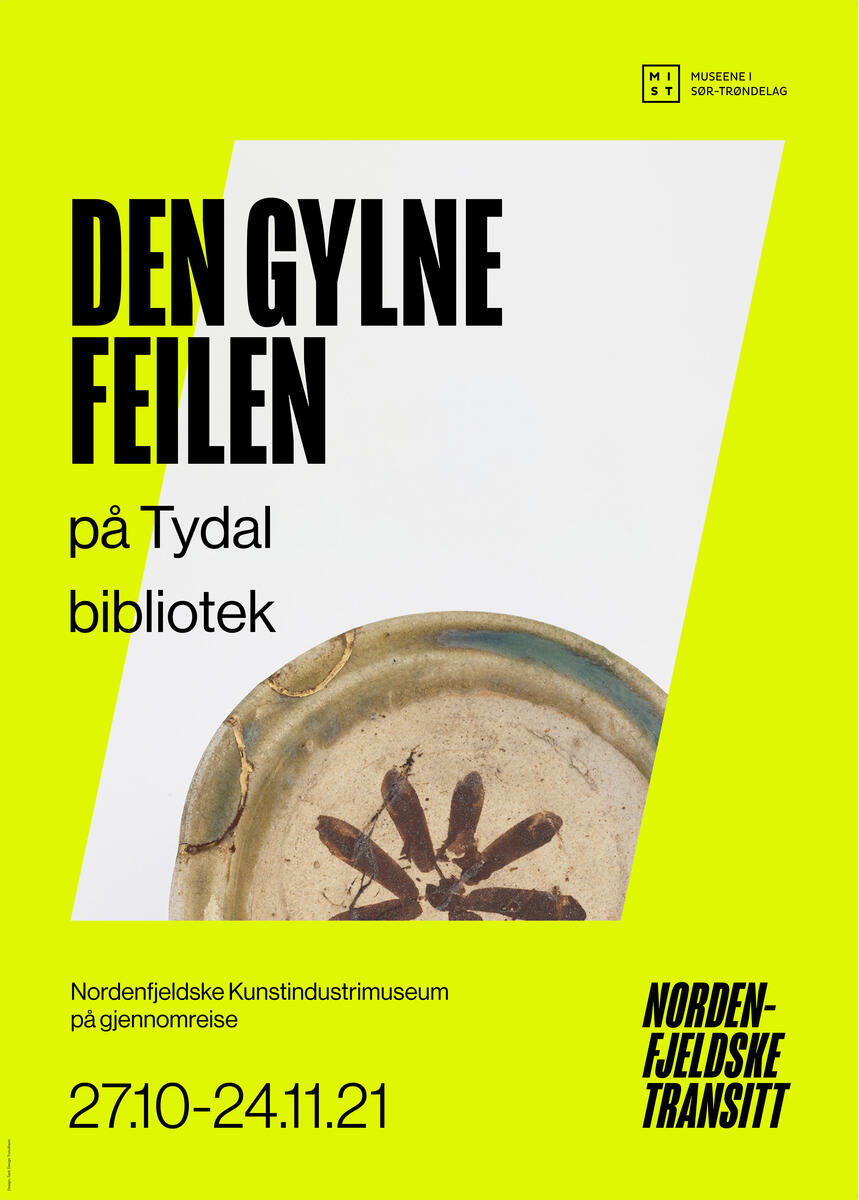- 1/1
In our part of the world, things that have symmetrical, smooth and regular forms are often perceived as more beautiful than those that are rough and irregular. The Japanese have a completely different ideal. Ceramic bowls with asymmetrical forms, glazes that happened to clump during firing, and rapidly applied decor are celebrated as the most valuable. This ideal is sometimes called wabi sabi, which refers to beauty in imperfect, fleeting and unfinished phenomena. In nature, we do not find wabi sabi when a plant flowers, but when it sprouts or withers.
In line with this way of thinking, it is not ‘the end of the world’ if a ceramic bowl falls on the floor and breaks. It is reassembled. The accident is ‘eternalised’ in that the cracks are glued with resin and lacquered with gold (the Japanese technique is called kintsugi). The bowl’s flaw has made it even more unique, and its singular history is visualised and gains value. In this small exhibition, we present examples of such gilded accidents.
To repair rather than throw away has always been important, especially when people have little money or access to goods. All the objects you see here were repaired by the people who owned them before they entered Nordenfjeldske Kunstindustrimuseum’s collection. Ceramics from Trøndelag are exhibited alongside Asian ceramics. With a bit of glue and care, a ruined bowl is once again functional; the story it has lived is revealed there where the edges of glued fragments meet in visible lines. We also see examples of riveting in a platter that was presumably made in Sweden. Thin strips of metal are used to hold the fragments together and make the platter functional once again.
Is it possible to compare peeling glaze, cracks and crookedness in ceramic bowls with the ‘defects’ that mark all human beings? We are of course all imperfect. Imagine if we could emphasise our irregularities, even allow them to shine! The Japanese thinking can inspire us to value human diversity and the imperfect individual’s worth.
